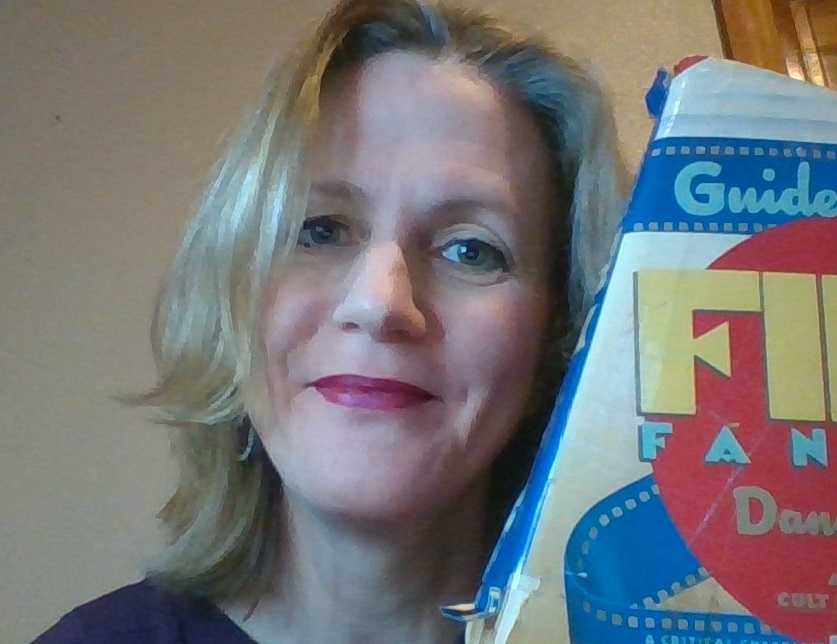Filmfanatic.org Year-End Reflection 2021
Greetings, fellow film fanatics! It’s been another busy year of movie watching and reviewing.
In keeping with the spirit of my check-in at the end of last year, I thought I would share that I’ve now reviewed 3,165, or ~73.6% of the titles in Peary’s Guide for the Film Fanatic — just 1,135 more to go. (Whew!)
(As much as I adore this extensive and ongoing project, I’m also looking forward to eventually turning my attention to post-1987 titles…)
With that said, here are a few recommendations and thoughts from my past year of viewing and posting on this site:
- I spent much of February and March this year working my way through the many (many) horror films listed in GFTFF. My personal favorites are those which use tropes of the genre to comment on social ills — i.e., Bob Clark’s Deathdream (1974), which incorporates concepts of ghosts, vampires, and zombies to explore how PTSD manifests not only for soldiers but for their loved ones back home; and George Romero’s unusual vampire flick Martin (1977), which still haunts me months after watching it.
- While many of the films discussed in Peary’s three Cult Movie books don’t resonate with me personally, I was pleasantly surprised to revisit Walter Hill’s cult classic The Warriors (1979); it remains a stylized gem of fantasy vengeance, with nifty comic captions added to the 2005 director’s cut. It’s well worth a look if you haven’t seen it in awhile.
- It turns out that quite a few excellent films about World War II were made in the 1940s. Just a few recommendations from those I watched this year are: Zoltan Korda’s Sahara (1943), set in the North African desert and revolving around the need for water to survive; John Ford’s They Were Expendable (1945), about PT boat sailors in the Philippines; and William Wellman’s sobering, beautifully shot Battleground (1949).
- Some French titles to highlight from this past year’s viewing include the provocative and sensitively handled Sundays and Cybele (1962) by director Serge Bourguignon, about a disturbed veteran’s friendship with a young girl; Alain Resnais’s still-intriguing New Wave classic Hiroshima Mon Amour (1959), in which “sensual connection is shown as a form of visceral engagement with uncomfortable truths”; and Maurice Cloche’s Monsieur Vincent (1947), about the life and spiritual growth of St. Vincent de Paul.
- Many excellent movies are too harsh to bear watching more than once or twice. Among the classics I’m glad I revisited this year but can’t imagine seeing again any time soon include Robert Rossen’s The Hustler (1961), featuring a stand-out performance by young Paul Newman as pool hustler ‘Fast’ Eddie Felson; Martin Scorsese’s Raging Bull (1980), an expressive biopic about abusive, paranoid, self-loathing boxer Jake La Motta; and Claude Lanzmann’s massive, essential, relentlessly sobering Holocaust documentary Shoah (1985).
- Finally, a few underrated gems I (re)discovered from the late ’40s and early ’50s include Carol Reed’s The Fallen Idol (1948), about a lonely young boy caught in a web of confusing secrets; George Stevens’ I Remember Mama (1948), with a powerful lead performance and convincing Norwegian accent by Irene Dunne; Anthony Mann’s The Tall Target (1951), about an attempted assassination of Abraham Lincoln; John Huston’s editorially butchered but haunting The Red Badge of Courage (1951); and Henry Koster’s No Highway in the Sky (1951), about a brilliant scientist (Jimmy Stewart) who no one will believe (ahem) during a time of imminent crisis.
Happy 2022 (almost) to everyone! (I’ll keep posting over the next few days.)
-FilmFanatic (Sylvia)
